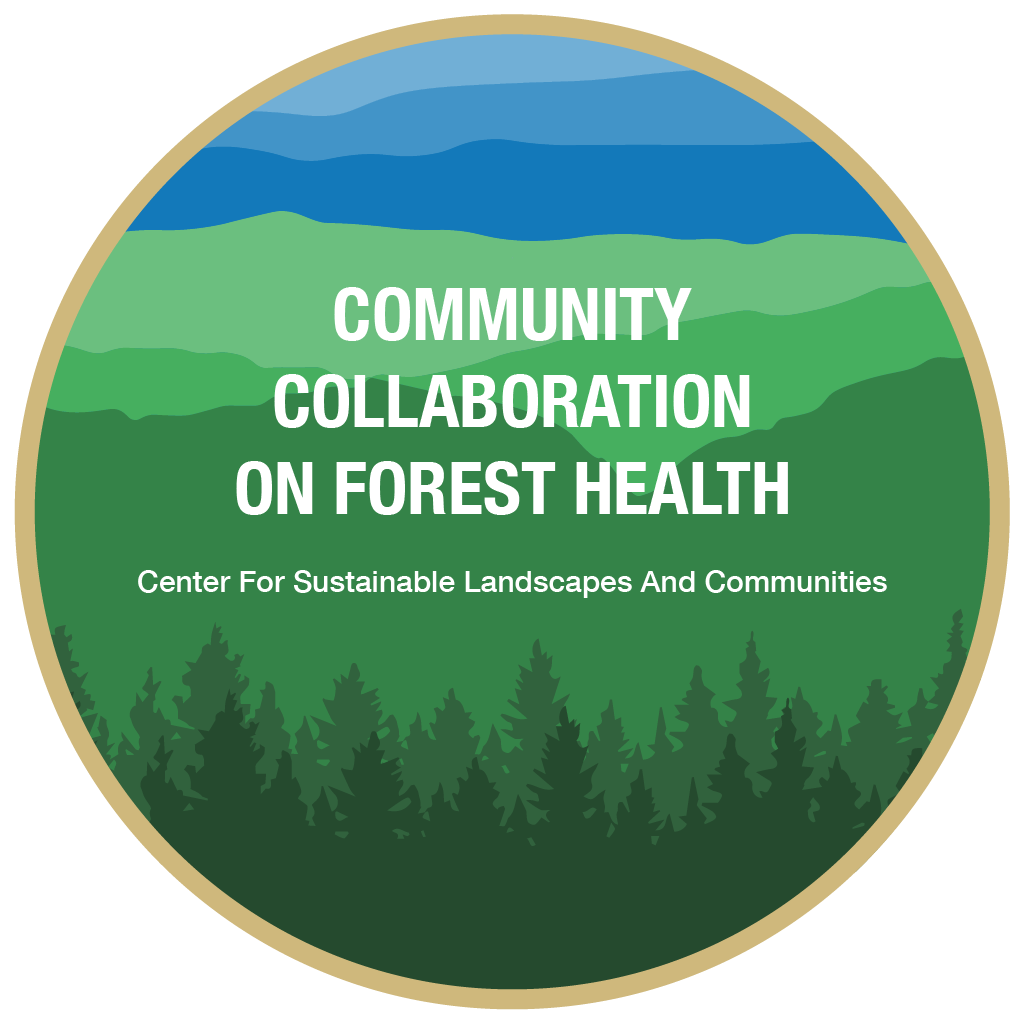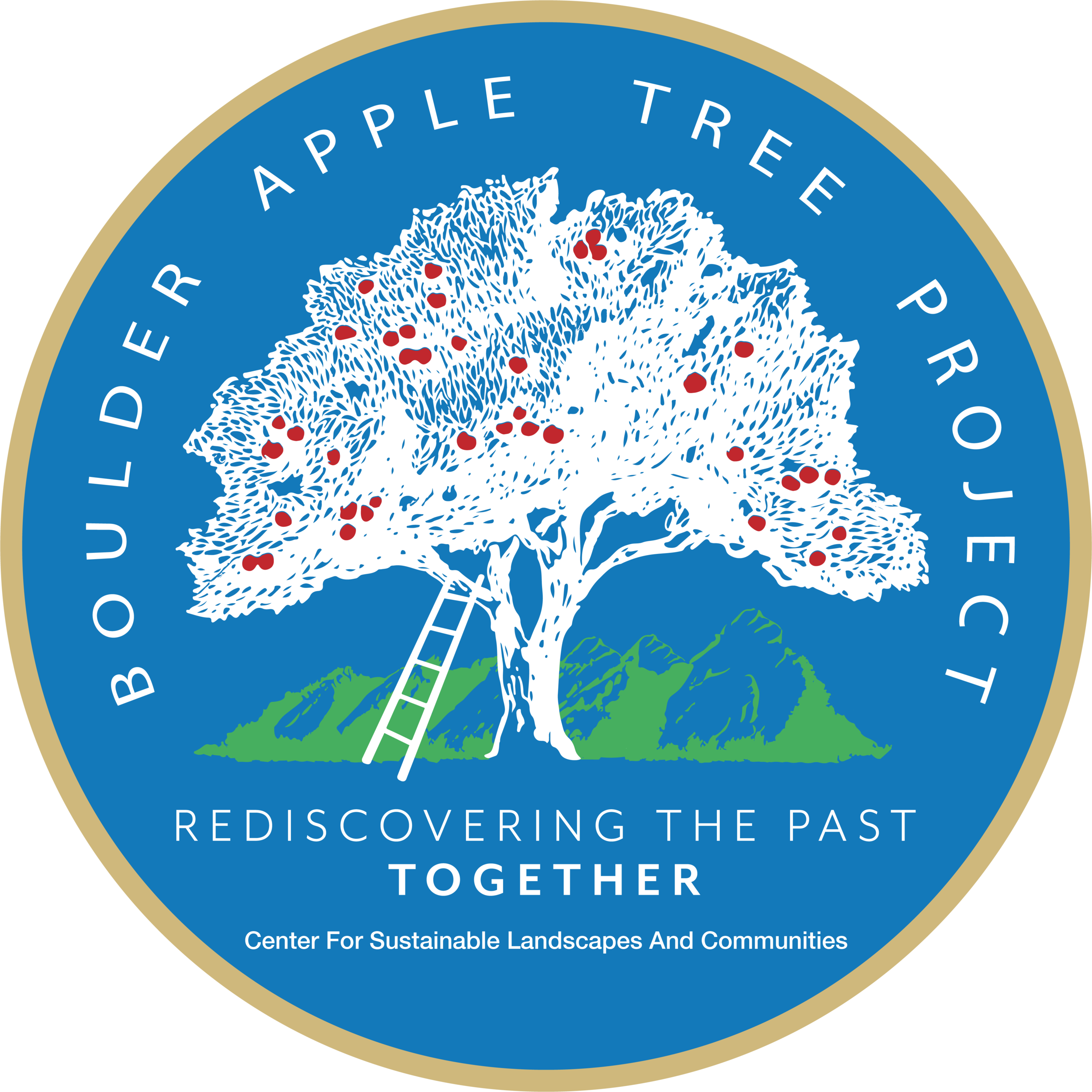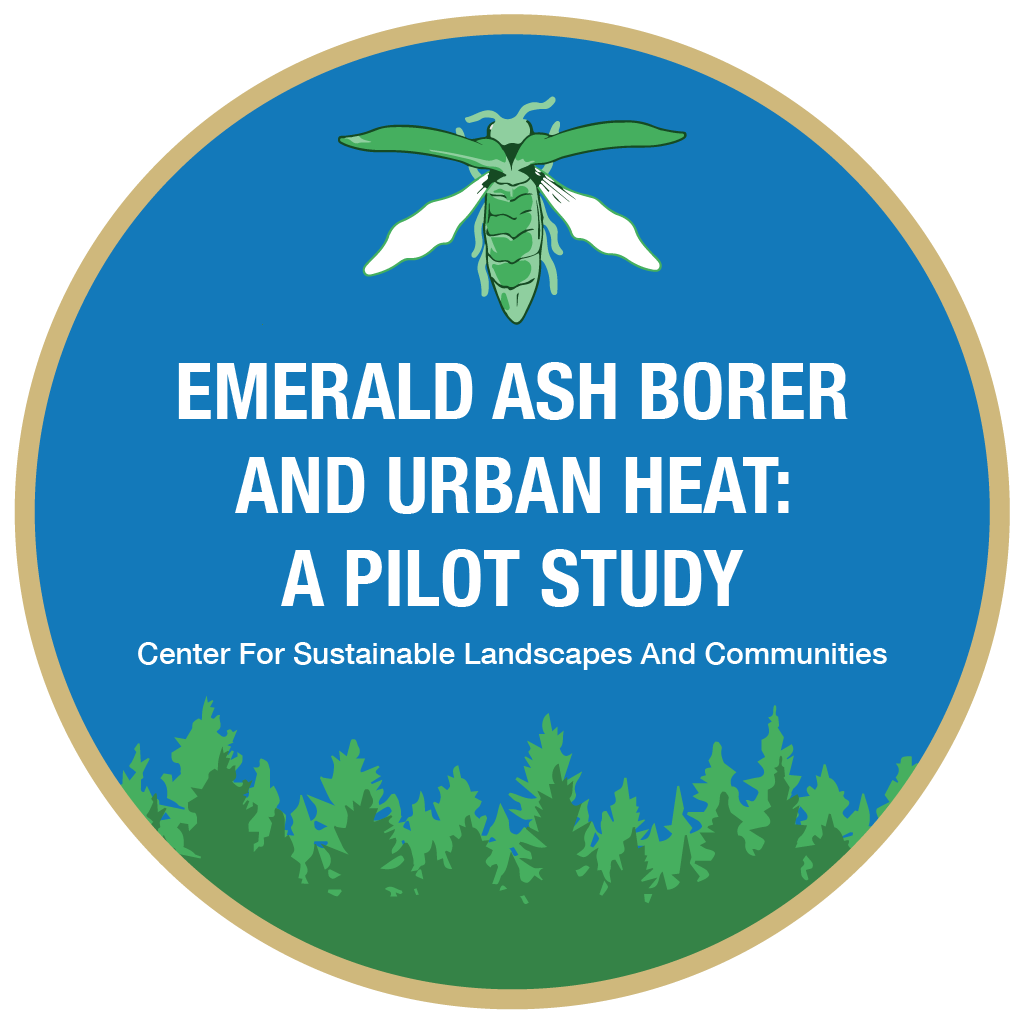Boulder Apple Tree Project (BATP)
In the late 1800s, much of the land in Boulder was planted for fruit production, with cultivated apple and crabapple trees ranging from Mapleton streets to South Mesa vistas. Near the turn of the century, Colorado was one of the top apple-growing states in the United States.
Disease, drought, and Prohibition combined to dampen Colorado’s apple industry in the early 1900s. The invention of the Red Delicious, soon to become America’s most popular variety, cemented Washington’s Columbia Valley region as the nation’s apple-growing capital, and Boulder’s apple-growing ambitions suffered. Orchards fell into disrepair.
However, many trees survived and continued to play a role on small farms and in family recipes. These trees represent cultivars that have withstood disease and the environmental stressors of the semiarid climate as well as genetic diversity absent from commercial apple production.
Through the combined efforts of geneticists, ecologists, horticulturalists, historians, and the Boulder County community, the BATP is assembling a picture of Boulder’s apples that is both invigorating and alarming: over 1,000 heirloom apple trees remain in Boulder County, but we lose about 10% of the population each year due to age.
The BATP connects the ecological and cultural heritage of apple trees in Boulder County to create a living resource that preserves the cherished place of apple trees in Boulder culture and provides a bank of historic, sustainable cultivars for the future.
The BATP studies tree and fruit characteristics to help identify cultivars and compare fruit ripening among trees. Identifying cultivars is the first step to understanding the diversity of apple trees we have in Boulder and will allow us to explore research questions about how differences in the local environment and climate change may affect these historical trees in our community. Photo: Impact Media Lab
Orchard at Chautauqua in Boulder, circa 1907. Photo: Boulder Historical Society
Planting Apple Trees Near Chautauqua
Photo: Boulder Historical Society
The Adventurous Tale Of A Heritage Nearly Lost To Time
In the mid-1800s, there were thousands of unique varieties of apple trees in the United States, some of the most astounding diversity ever developed in a food crop. The apple industry settled on a handful of varietals, and the rest were largely forgotten. They became commercially extinct but not biologically extinct, due to the abandoned trees remaining in the now-suburban landscape.
This story played out in many places; one of them was Boulder, Colorado.







